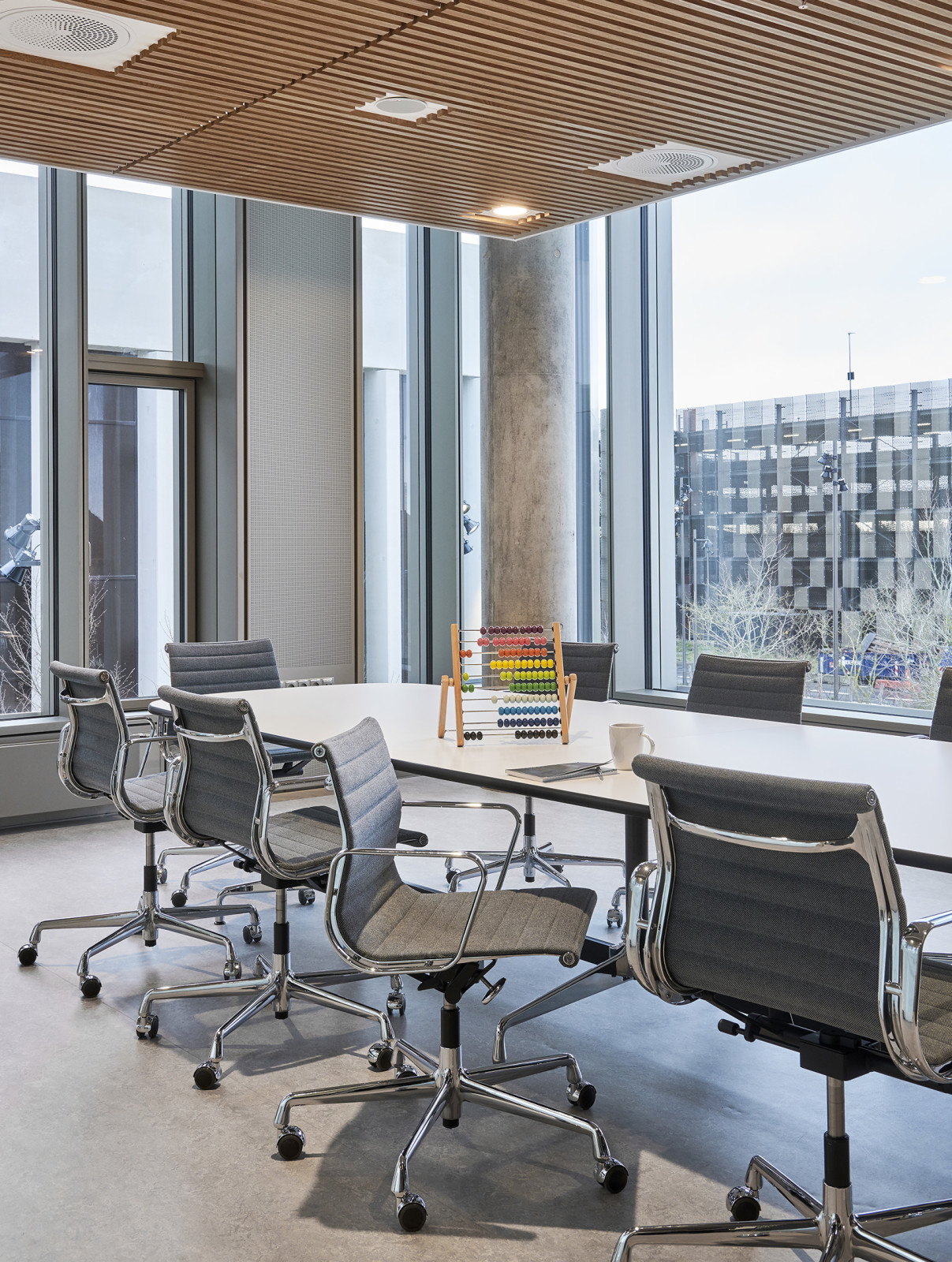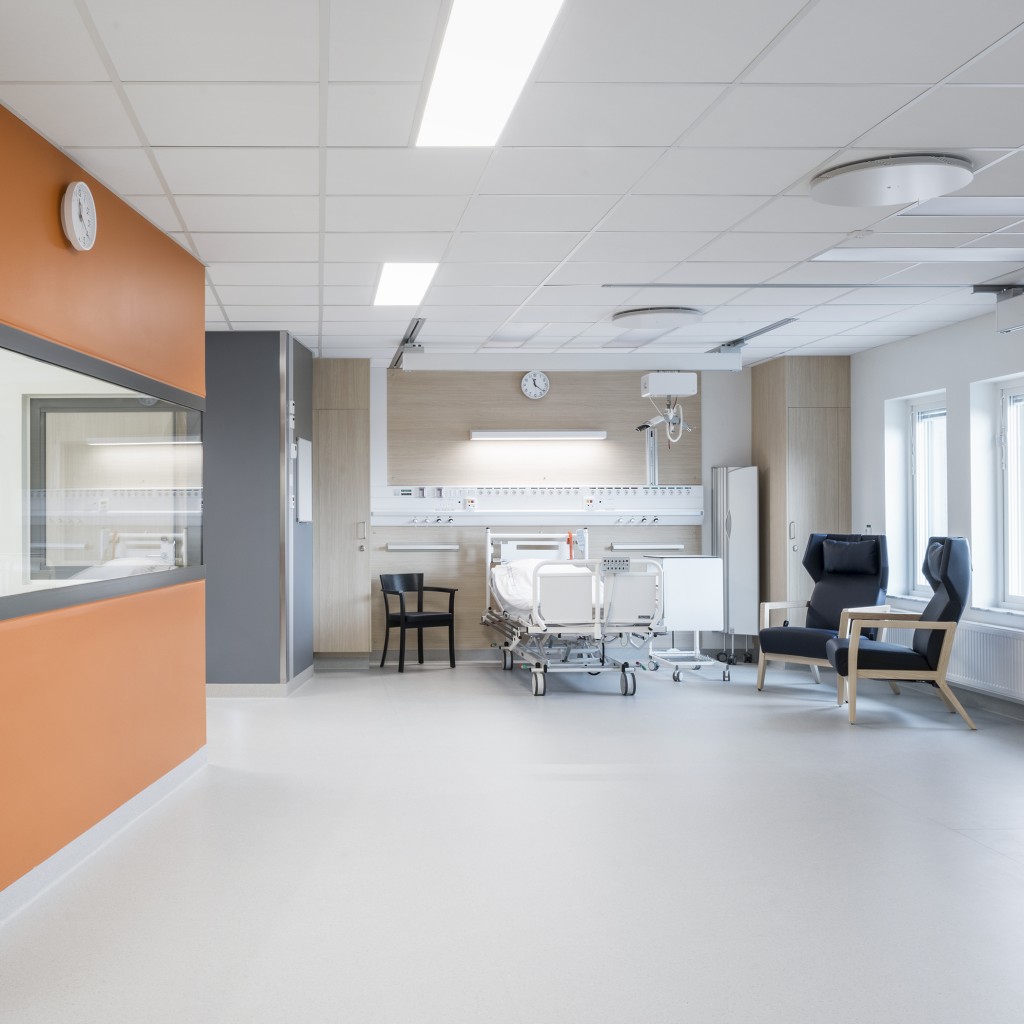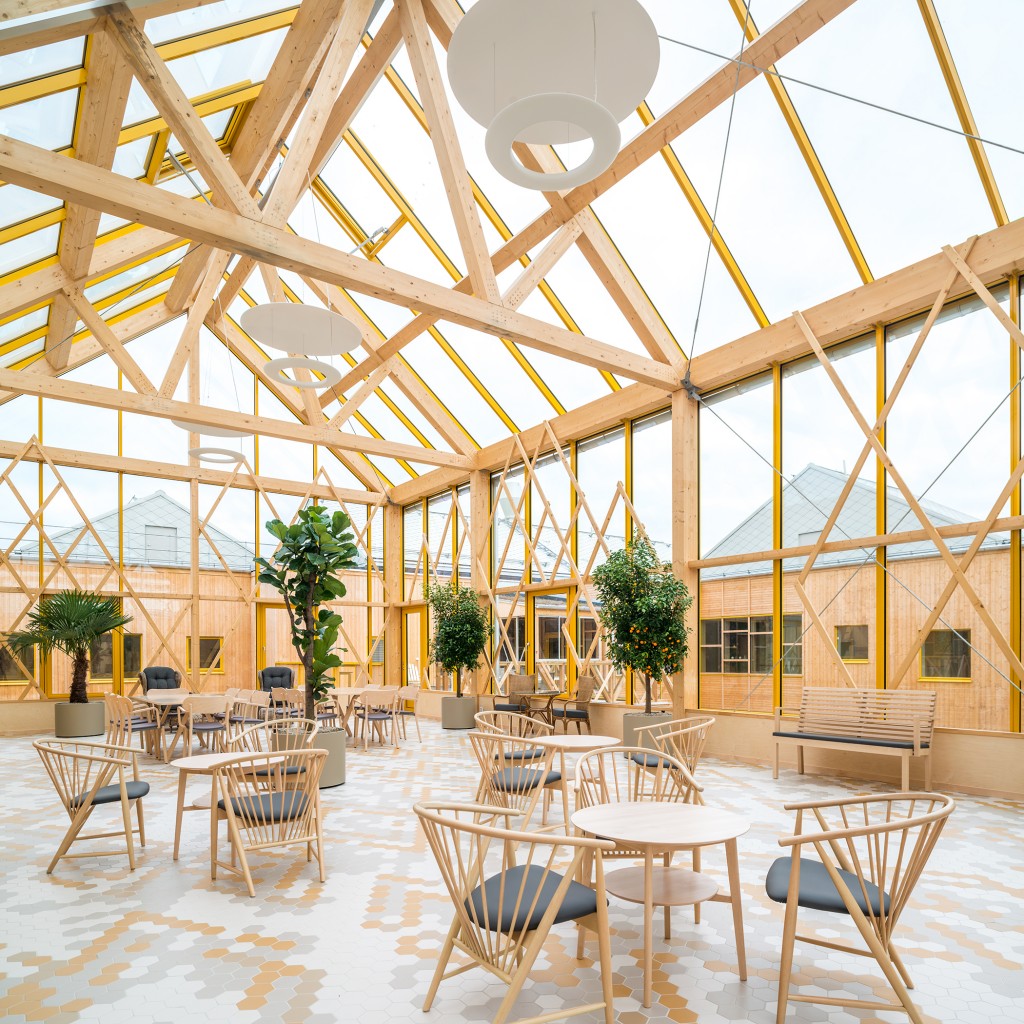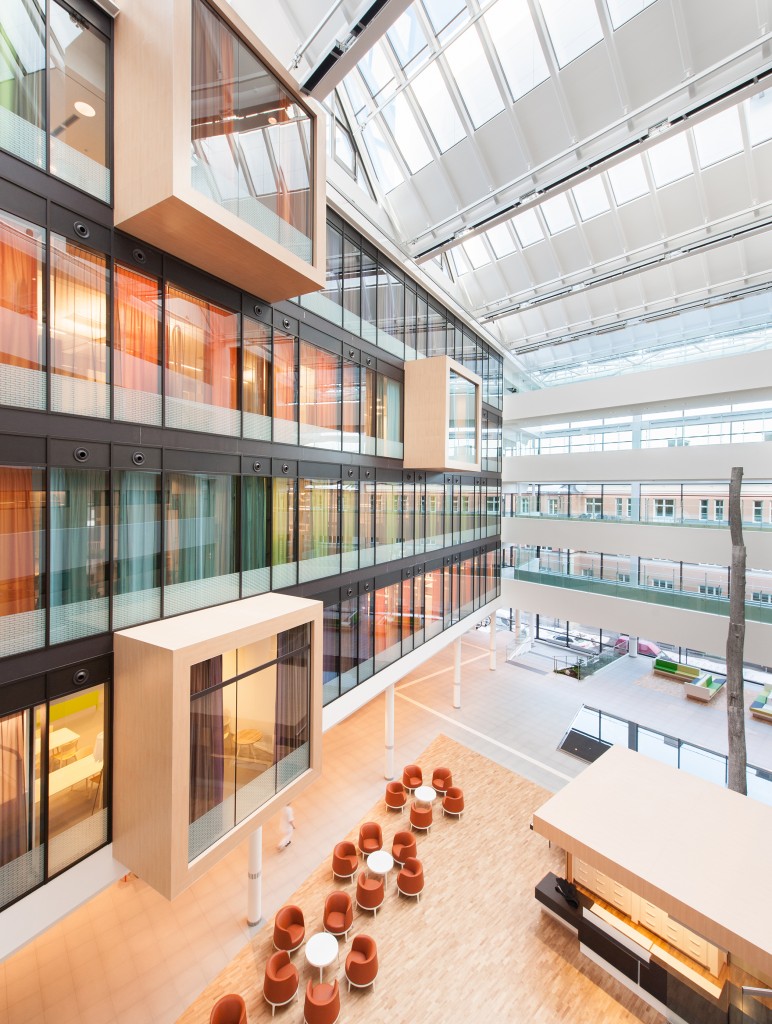Carpe Diem
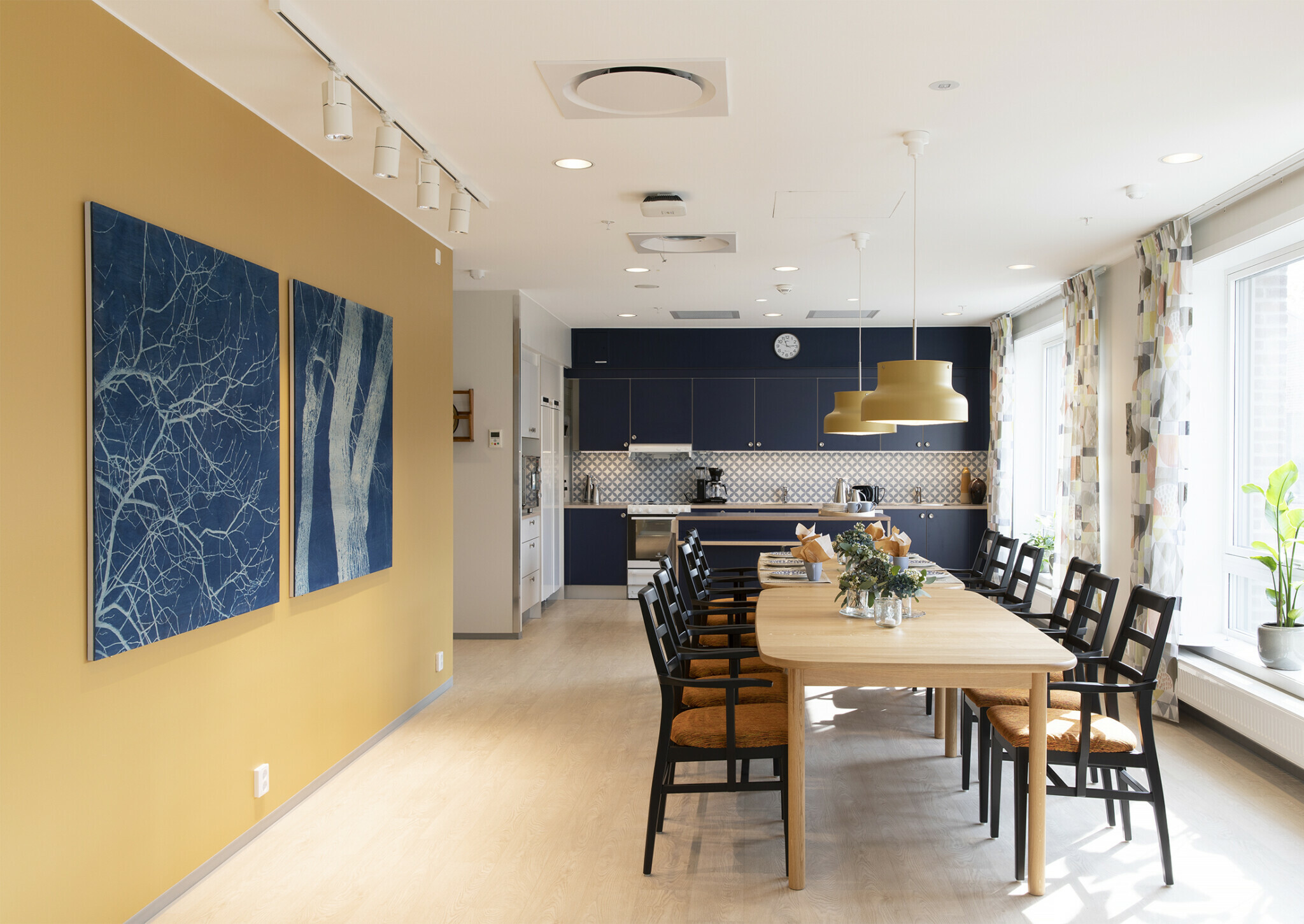
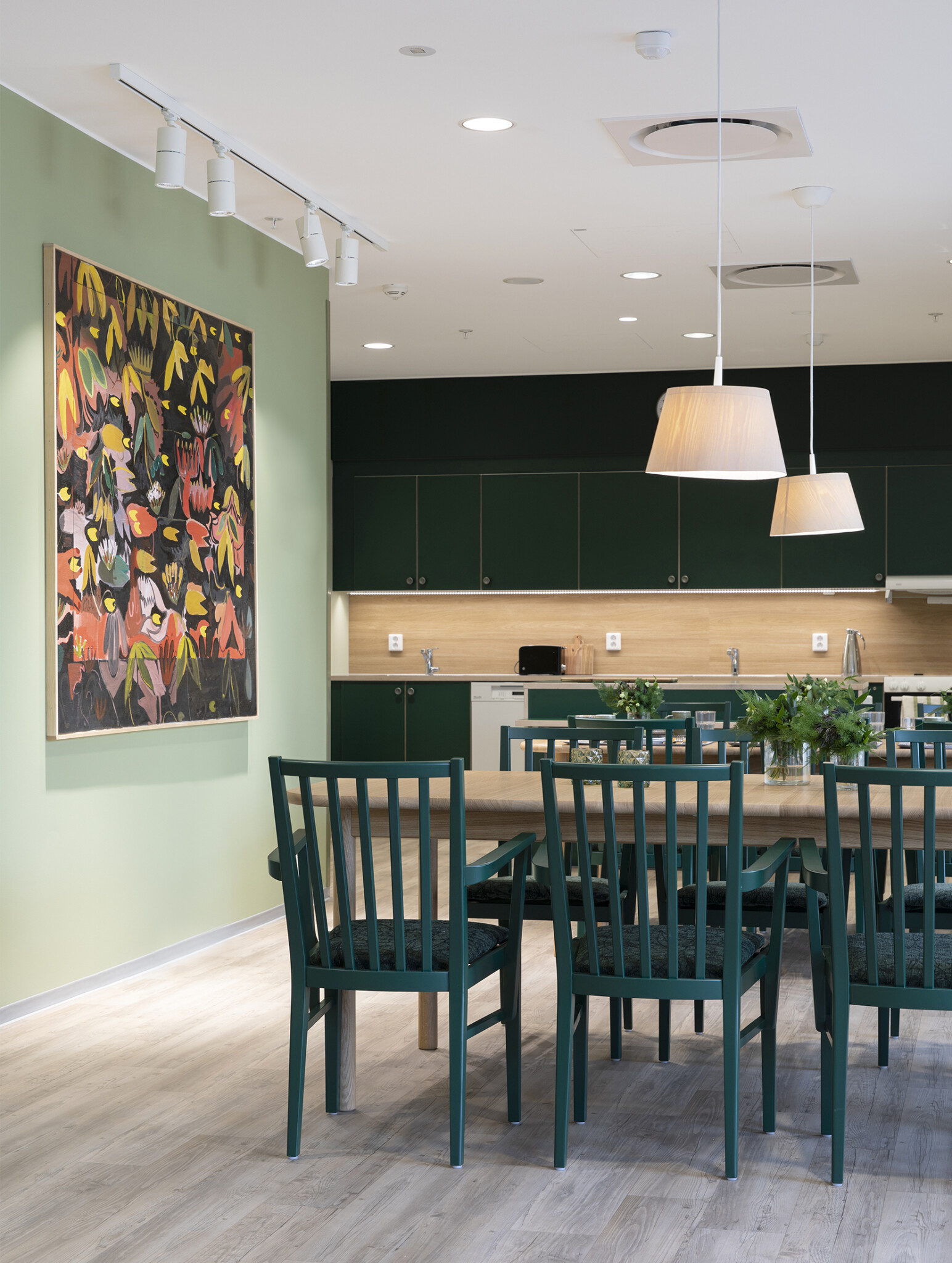
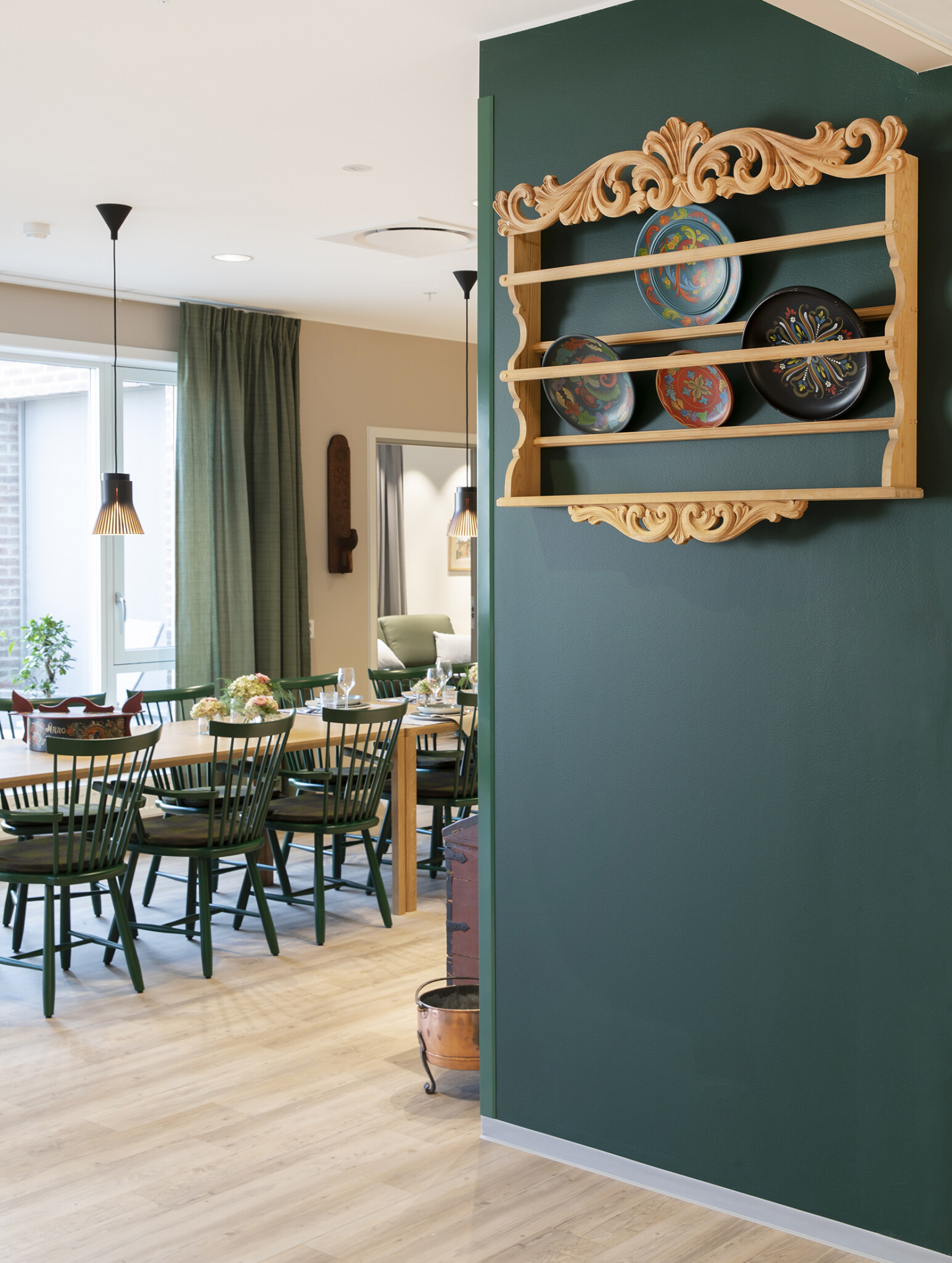
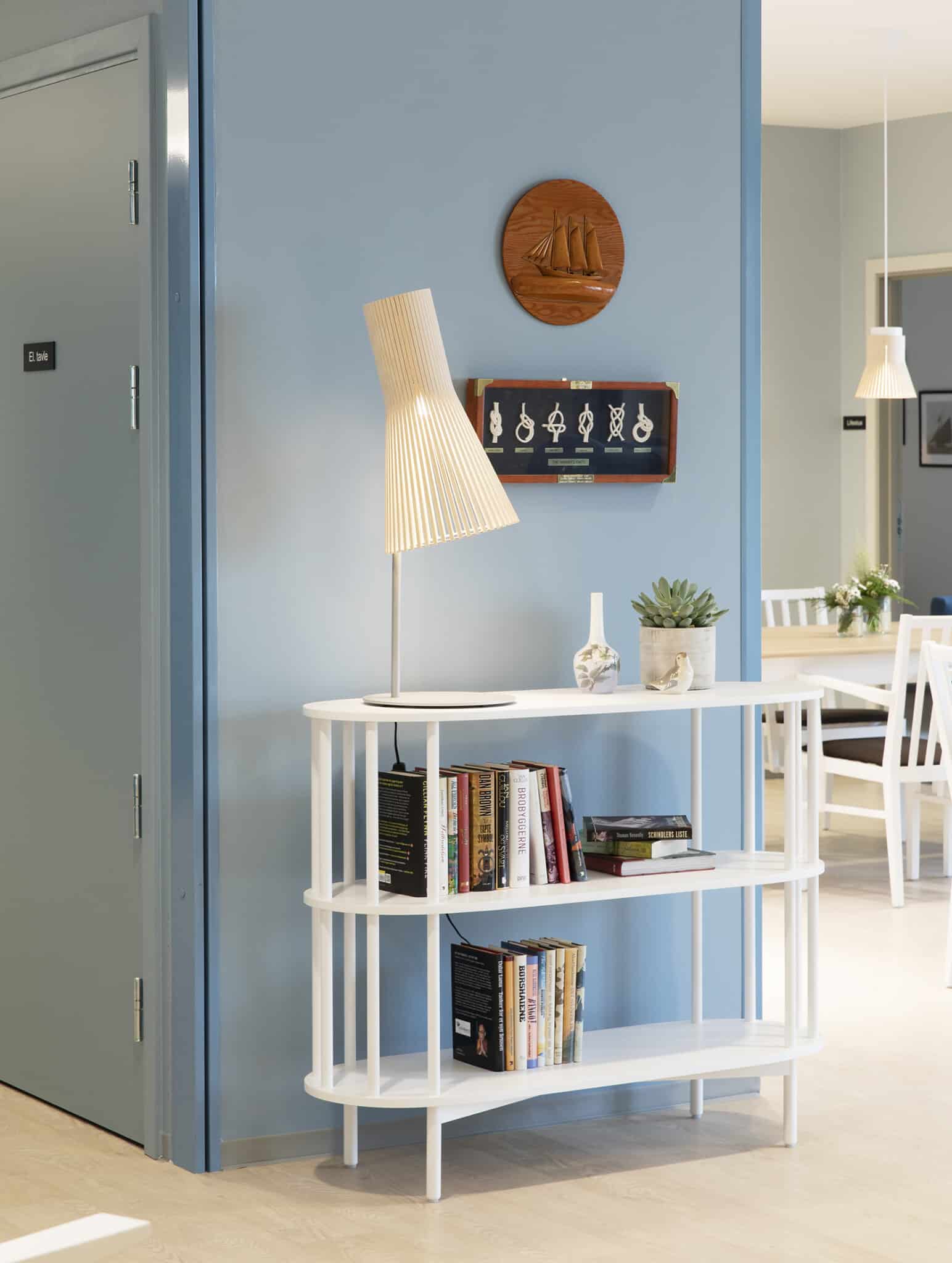
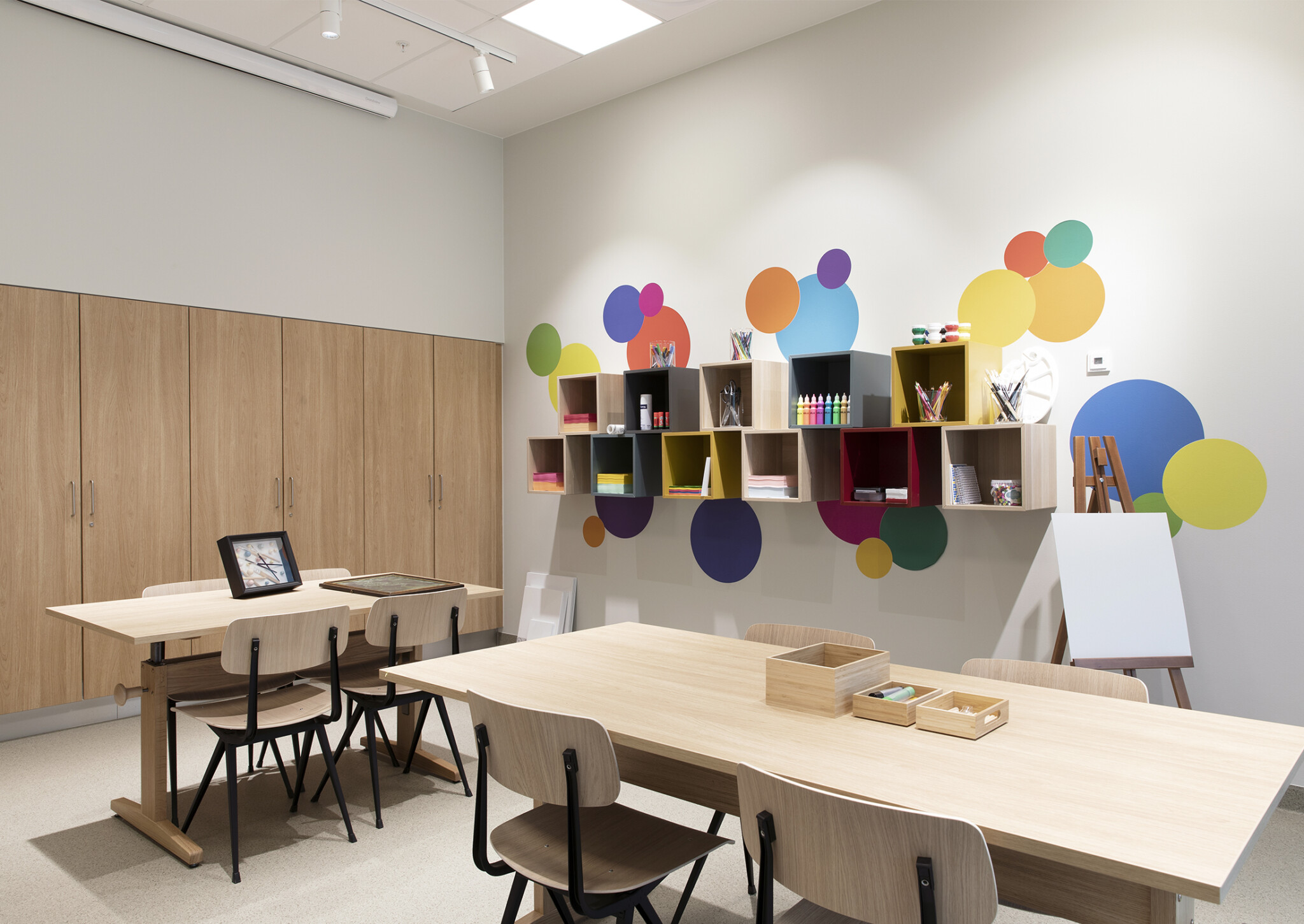

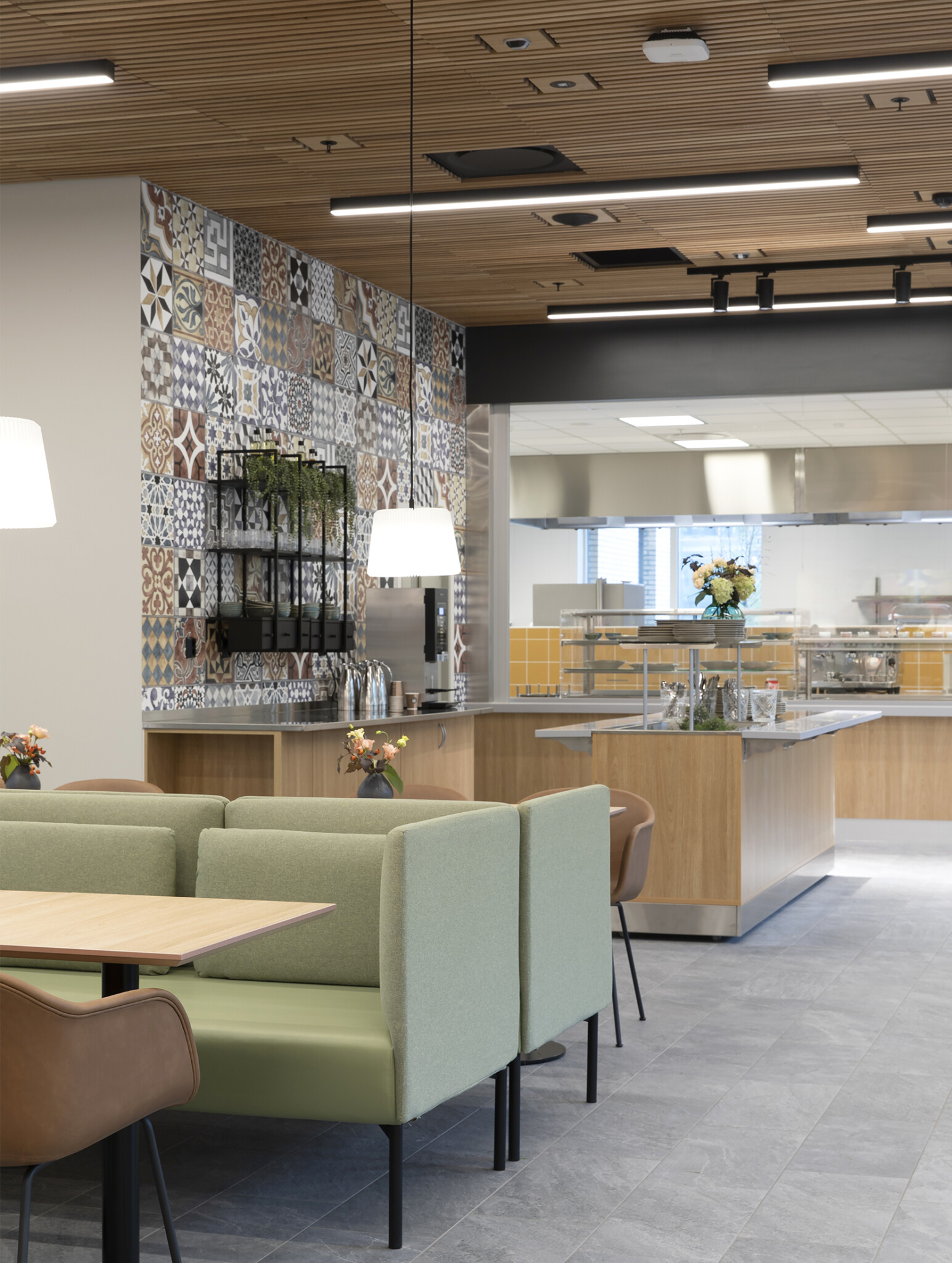
When Baerum Municipality was looking for new ways to handle dementia care, they settled on an unconventional and exciting concept from the Netherlands.
When local politicians wanted to see if it was possible to change the way they handle dementia care, they decided on this concept, based on the idea that the residents should be able to continue living their lives as normally as possible, in a safe and secure environment constructed as an individual little community.
Facilities such as a hairdresser’s, café, pub and food shop are intended to give the residents a feeling of independence, as they can carry out everyday chores by themselves, with the aim of creating an inviting home and a positive place to be for residents, employees and visitors.
In 2020, Carpe Diem was named “Årets Helsebygg” (Health development of the year) in Norway, an award that aims to highlight and pay tribute to positive building projects within the health and care sector. The ‘village’ is 18,000 m2 and consists of 158 housing units divided between 17 different buildings.
Interiors to suit the individual
With the aid of a survey produced by the municipality of preferences among the population – how they lived, what they like, etc. residential areas aimed at different types of individuals and interests have been created. Some areas, for example, are designed for people who value outdoor life, while others have been created with city life in mind. There are a total of 17 residential buildings reflecting differing preferences.
The interior design concept was developed by interior design studio Cadi Interiørarkitekter in close collaboration with the municipality, with Input interior also providing advice on choice of products.
“There has been a strong focus on sustainability, quality and aesthetics. Eco-labelling has been highly valued and a high level of quality is maintained in general and has been adapted for this type of setting,” explains Ann-Kristin Kristiansen, supervising project manager from Input interior in Oslo.
It has a homely feeling throughout, with furnishing elements familiar to residents from their home environments. The kitchens are uniform in all residential buildings, but in different colours and with different handles and tiles in keeping with the style of the preferences for the specific area.
The recurring theme is the choice of colour, to strengthen room perception with colour concepts, but also to enable orientation through colours. Dementia sufferers get anxious – they need to be able to orient themselves easily and know where they are.
